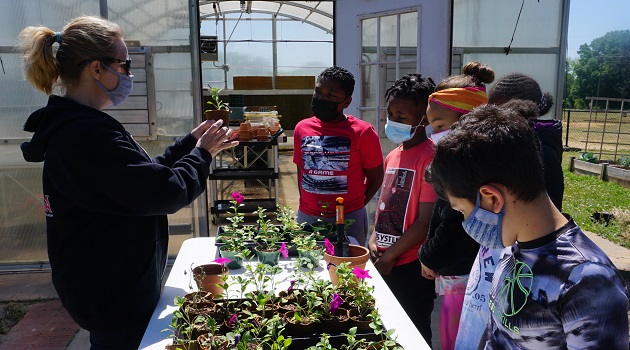
Integrated STEM Curriculum Fostering Future Innovators

Integrated STEM Curriculum: Fostering Future Innovators
In today’s rapidly evolving world, the need for a well-rounded education that prepares students for the challenges of tomorrow has never been more pressing. Enter integrated STEM curriculum, a dynamic approach that seamlessly combines science, technology, engineering, and mathematics into a cohesive learning experience. Let’s delve into the significance and impact of this innovative educational model.
Understanding Integrated STEM Curriculum
At its core, integrated STEM curriculum transcends traditional silos, fostering interdisciplinary connections and real-world applications. Gone are the days of studying subjects in isolation; instead, students are immersed in projects and activities that mirror the complexities of modern life. By integrating STEM disciplines, learners gain a holistic understanding of how these fields intersect and complement each other.
Empowering Educators
One of the cornerstones of successful integrated STEM curriculum implementation is the role of educators. Teachers are not merely imparting knowledge but serving as facilitators of exploration and discovery. Through professional development and ongoing support, educators gain the tools and confidence to design engaging lessons that ignite curiosity and foster critical thinking skills.
Engaging Students in Meaningful Learning Experiences
Central to integrated STEM curriculum is the emphasis on hands-on, experiential learning. Whether designing a sustainable city, programming robots, or conducting scientific experiments, students are actively engaged in the learning process. By tackling authentic problems and projects, learners develop the skills and competencies needed to thrive in an increasingly complex world.
Fostering Collaboration and Creativity
Collaboration lies at the heart of integrated STEM curriculum, mirroring the collaborative nature of many STEM professions. Through group projects and teamwork, students learn to communicate effectively, leverage diverse perspectives, and problem-solve collectively. Moreover, the creative aspects of STEM are nurtured, encouraging students to think outside the box and innovate solutions to real-world challenges.
Promoting Equity and Inclusion
An inclusive approach to education is essential in ensuring that all students have access to opportunities and resources. Integrated STEM curriculum embraces diversity and recognizes the importance of representation in STEM fields. By highlighting the contributions of underrepresented groups and addressing systemic barriers, educators can create a more equitable learning environment where every student feels valued and supported.
Preparing Students for the Future Workforce
In today’s knowledge-based economy, STEM skills are in high demand. Integrated STEM curriculum equips students with the knowledge, skills, and dispositions needed to excel in the workforce of tomorrow. From computational thinking to problem-solving, students graduate with a toolkit that prepares them for a wide range of careers in STEM fields.
Connecting Learning to Real-World Contexts
One of the hallmarks of integrated STEM curriculum is its emphasis on real-world applications. By anchoring learning experiences in authentic contexts, students see the relevance of their education beyond the classroom walls. Whether exploring renewable energy or designing solutions to environmental challenges, students are empowered to make meaningful connections between their learning and the world around them.
Embracing Continuous Improvement
As with any educational innovation, the implementation of integrated STEM curriculum requires ongoing reflection and refinement. By soliciting feedback from stakeholders, monitoring student progress, and staying abreast of emerging trends, educators can ensure that their integrated STEM curriculum remains relevant and responsive to the needs of students and society.
Building a Foundation for Lifelong Learning
Beyond preparing students for specific careers, integrated STEM curriculum cultivates a mindset of lifelong learning. By instilling a passion for inquiry and discovery, students are equipped with the curiosity and resilience needed to navigate an ever-changing world. Whether pursuing further education or entering the workforce, graduates of integrated STEM programs are primed to adapt and thrive in a dynamic landscape.
Conclusion
Integrated STEM curriculum represents a bold step forward in education, offering a transformative approach that prepares students for the challenges and opportunities of the 21st century. By integrating science, technology, engineering, and mathematics in meaningful ways, educators are empowering the next generation of innovators, problem-solvers, and changemakers. As we continue to explore and refine this innovative educational model, one thing remains clear: the future belongs to those who dare to dream, explore, and innovate. Read more about integrated stem curriculum


